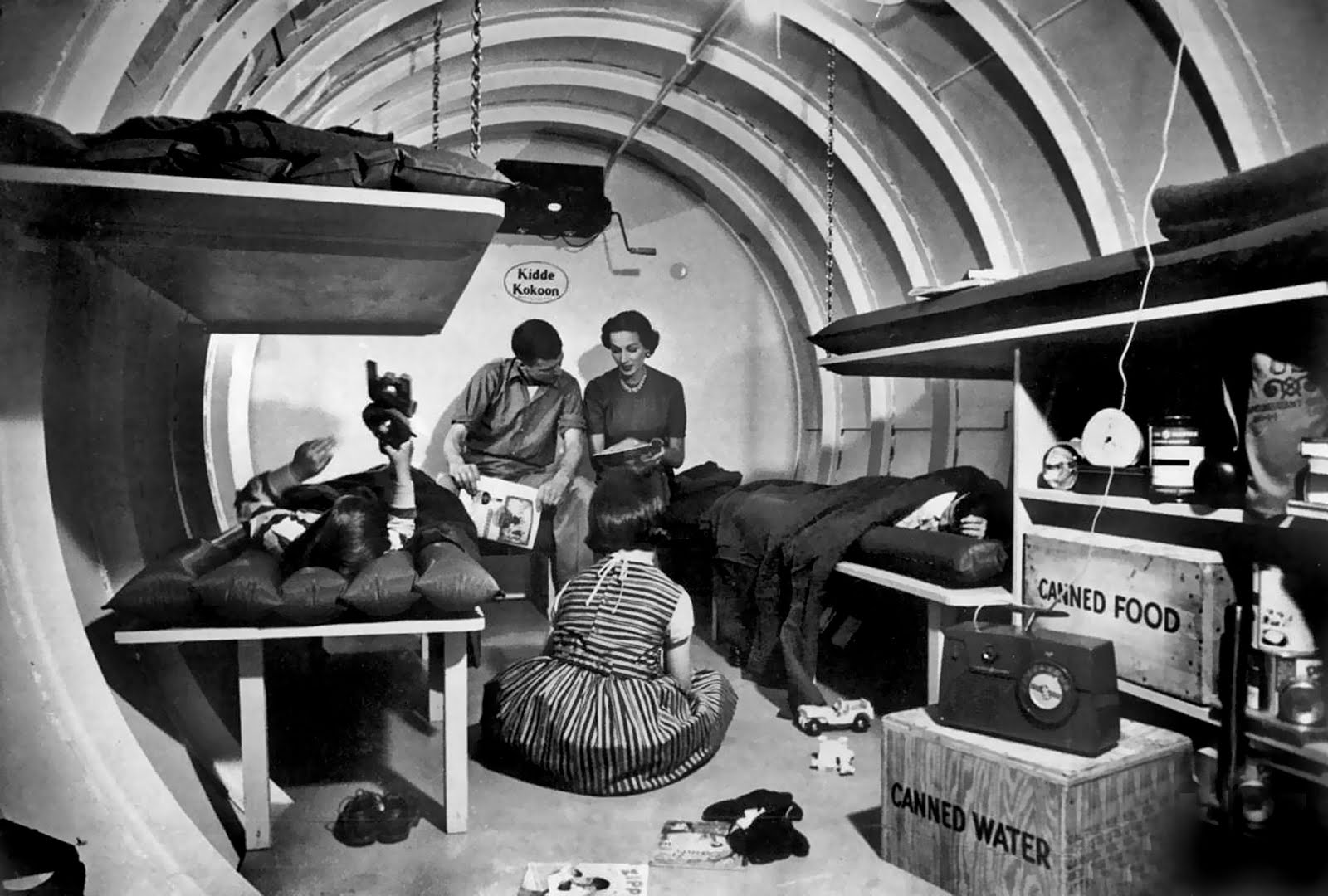April 26, 2016 by
Bomb Shelter Negotiation Exercise
This is an old classic, customized for our area, culture and a class of 20 students, but you can always add more judges. I use this exercise when we are talking about persuasive writing, as we are discussing the proposal assignment (chapter 8 of Technical Communication Today). It can be seen as bigger group version of the elevator pitch (p. 223). It takes 35-60 minutes, depending on how many questions are asked.
It works best if you form a circle or rectangle out of the desks so each person can be seen.
- I hand out the first page and ask students to take a minute to read it.
- I print and slice the above titles and have the students draw them from a bowl.
- I give the finalists 5 minutes to turn their page over and brainstorm their elevator pitch about why they should be allowed in the shelter. I encourage them to carefully consider their audience (chapter 2) and “PiP” their candidacy argument—sandwiching persuasion, information, and persuasion. They can add to their descriptions, but cannot change anything (like their sex, age, etc.). I ask the judges to use this time to think through the scenario, make a tentative list of the four candidates (to see if they change their minds) and formulate important questions for the finalists. I also like to distribute treats like popsicles, bubblegum, or suckers–something to keep everyone quiet when it’s not their turn to speak.
- We go around the circle and each finalist has 90 seconds to plead their case (use a timer). I encourage judges to take notes. Then we go around the circle again and each judge can ask one question of any finalist. You can circle around with questions one more time if necessary.
- We excuse the finalists to take a bathroom/drink break and wait in the hall while judges discuss for 5 minutes. After discussion we cast votes with closed ballot.
- We invite everyone in and tally the votes
- After the final four shelter candidates are announced, we discuss the results, the rhetorical strategies of ethos, pathos and logos used, and the arguments effectiveness. We also talk about the ethical responsibilities of the judges and how personal and social ethics can impact decisions (chapter 4).

